![[L-R] Tennis Legend, Greg Rusedski; fashion consultant, Caroline Issa; Commercial & Media Director The All England Lawn Tennis Club, Mick Desmond; Managing Director of OPPO UK, Kevin Cho, and broadcaster, Andrew Cotter are pictured at the launch of a new campaign “Courting the Colour” from OPPO, Wimbledon’s official smartphone partner](/image-library/deluxe/g/greg-rusedski-oppo-courting-the-colour-panel-group-2-1.jpg)
British-Canadian tennis legend, Greg Rusedski, is one of the few people who can watch aspiring tennis greats on centre court at Wimbledon and confess that he too has played on that hallowed ground.
Despite retiring from the game 14 years ago, the player infamous for continuously going head-to-head with Tim Henman over his career didn’t walk away from tennis entirely, he went into the media side of the game and is now fronting OPPO’s Courting the Colour campaign in partnership with Getty Images which is restoring iconic photographs from Wimbledon and turning them from black and white into colour.
Some of these images capture ground-breaking moments in history which have gone on to inspire the current generation of tennis players and can now be seen in colour for the very first time.
Rusedski spoke about how significant the campaign is to bring these crucial historical moments to life, revealed his own personal memories of Wimbledon and explained how his path to becoming a professional tennis player took shape.
Why did you decide to play tennis in the first place and what did your path to becoming a professional tennis player look like?
I think you’ve got to have a least one parent that’s obviously into tennis and my dad used to play at the local courts in the park and that’s where I really got started. You have to be seven to join the club in the park and I was six so I said I was seven so I could get on the courts a little bit sooner as you do, so a little bit of a white lie there.
It’s something I really enjoy doing. My dad wanted to be a professional tennis player but never had the opportunity but with my brother and myself he gave us the opportunity to play tennis. Then when I was about nine or 10 years of age that’s when I knew I would try and go on my path to become a tennis player. But it’s not as easy as that so education was also an important thing for me as well because you never know how things are going to turn out.
What are your memories of Wimbledon like?
It all comes down to childhood memories because obviously I grew up in Canada as a child and you get up on the Saturday and Sunday morning at eight in the morning for the nine o’clock start in the morning to watch the Wimbledon Championships.
I remember the first one I watched which was 1980 which was the Björn Borg v John McEnroe finals, I was hoping McEnroe was going to win, he won the big tie break in the fifth set and lost in five sets, so I was a big John McEnroe fan. In 1980 that would put me at seven years of age and that was one of my first memories.
Also, with Wimbledon it’s changed but it hasn’t changed, because the centre court is always still in the same place. Yes, they’ve modernised it, but they’ve still kept it very traditional and it’s the one everybody wants to win.
I think for myself as a player the first time I played Wimbledon I was 13 years of age playing in the doubles so that was quite a special moment. We lost quite easily and then after that I came back a few years later doing the juniors and won the doubles and lost the semi-finals singles. Then as a professional the first time I played was in 1993 and I lost to Stefan Edberg, the defending champion that year, in four tight sets so it kind of gave me a bit of belief that I could well. Then I was representing Britain the first time I got onto centre court in ’95 and ironically they said to me: “He must be British,” because when I started representing them, I lost my opening first two matches, so I lost to another Brit in my opening match. And then I lost my first round again in Nottingham but then I got onto centre court, had a little stage fright, lost the first set 6-1 then won the next three sets against the 16th seed so it’s just magical memories.
There’s no other walk like it to get onto the centre court from the locker room. And just the history and the great champions that have been there. When you’re playing well as a Brit it’s not really a pressure it’s more exciting. But when you’re not playing well, that’s when you probably feel more expectation and more pressure or if you’re coming back from injuries. But when you’re healthy and you’re playing well there’s no better experience.
How did it feel when you were British number one in 1997, 1999 and 2006?
I think it’s more I wanted to be the best in the world, it wasn’t really about being the British number one. I mean, that’s a lovely thing to have but we had the rivalry between myself and Tim Henman trading the British number one spot back and forth and we both got to career highs of world number four. And then a certain guy by the name of Andy Murray came along and eclipsed everything we did plus some which has been brilliant to see. But that was kind of our goals, it wasn’t to be the best in the country, to have the rivalry of the two of us pushing each other was a good thing because the goal is not to just to be the best in the country but to be the best in the world and that’s what we tried to achieve.
What are you most proud of accomplishing in your tennis career?
I’ve got a lot of things because when I started off most player’s goals is to get into the top 100 of the world. 0.5% of all tennis players make it into the top 100 so sometimes if you’re not winning Wimbledon even to make it in the top 0.5% you’ve done something right with the tennis ball. That’s the official first goal. Then after that you increase it every year and want to become top 50 and then you move up the ladder. So, for me I think there’s a few moments.
I mean obviously winning 15 career titles was a great accomplishment, becoming the first British player to ever get in the top 10 or top five in the world, to beat [Pete] Sampras to become the first British man to win a Masters Series, especially as Sampras was going for six years at world number one at the end of the season was very special because Pete at our time was nowadays Roger Federer so to beat him in a finals that he wanted to win was very special.
I’ve been lucky that I’ve had so many great memories on court as well as the experiences to travel the world and meet different people, so I’ve been very lucky.
When you retired in 2007, how did you know it was the right time to step back from the game?
I’d had enough surgeries so by the time I had about three foot surgeries, I’d just torn my labrum in my hip and my back kept on popping out so I knew it was going to take me at least a year and a half/two years to get back on tour. And I’d just had my daughter Scarlett who was born a year before and I didn’t want to be the travelling circus with the nanny and all the entourage.
I was 33 years of age which doesn’t sound old but in our generation anything over 30 was bonus time even though nowadays it’s a little bit different. It was the natural progression and I remember the Davis Cup captain because I retired in Birmingham and the Davis Cup captain said to me, go get some matches and I said okay no problem. So, I went to a challenger in Serbia which is a level below, $25,000 challenger with no hospitality. I lost to the guy I could never lose to in my career in the opening match, had to sit in Sarajevo for another day because the tennis was actually where Jayne Torvill and Christopher Dean won the Olympic gold and they put down some tennis courts.
In the next round the guy that beat me beat Jo-Wilfried Tsonga who went onto the finals of the Australian Open a few months later and you had about three guys who were top 10 playing in that challenger, and I was like if this is the level at the mid-range it’s definitely time to move on and do something else.
Then you went into the media side of the game after you retired, what was that transition like?
I’ve been doing that nearly – wow, it’s been a while – it’s been nearly 14/15 years and you just either sink or swim, they just throw you in there with no training, you just go for it. I guess it’s like anybody’s job, they want to see if you can stay above the precipice as they say. I’ve enjoyed it and I enjoy giving back my knowledge on the game of tennis and I always like to see the next generation because everyone was like what’s going to happen, where are the greats going to come from, then we have three of the greatest players of all time come out. We have a Brit who obviously goes on and wins Wimbledon and Olympic gold medals. And there’s always going to be a next generation of great and exciting new players to watch, and every generation is interesting. There’s still parallels between what I did back in the last century to what’s happening now in the modern game.
Do you think Wimbledon will have a different feel this year because of the past 15 months and reduced crowds for most of the tournament or will the players just be focusing on being their best?
It’s good to be back for the fans, I watched the opening day and obviously Jack Draper took a set off Djokovic, the crowd even though it was 50% sounded exceptionally loud and by the finals weekends we’ll have full crowds which will be great news. It’s nice to see people on the Henman Hill out there watching like they normally do and the crowds milling around. It’s been 700+ days since we’ve had people, it’s kind of a tradition every summer whether you’re a tennis fan or whether you’re not, you’re usually at Queens or Wimbledon, so to have spectators and people back is great. Some of the players at times have been struggling with the bubble life but it’s Wimbledon and Wimbledon is the event everybody wants to be at.
Could you explain what the Courting the Colour campaign is?
The Courting the Colour campaign is basically about fashion, tennis and people who have really stood up for what they believed in. And it’s transforming old pictures, so for example they have a picture of Arthur Ashe playing Jimmy Connors in the 1975 finals. I know Jimmy and I was fortunate enough to meet Arthur Ashe as a junior tennis player and they’re two icons of the game and that finals was one of the most historic finals. Getty Images and OPPO have put them all into colour, all these photos, so they’ve gone from black and white to colour and you can see what they’ve done and remember those historic moments in tennis.
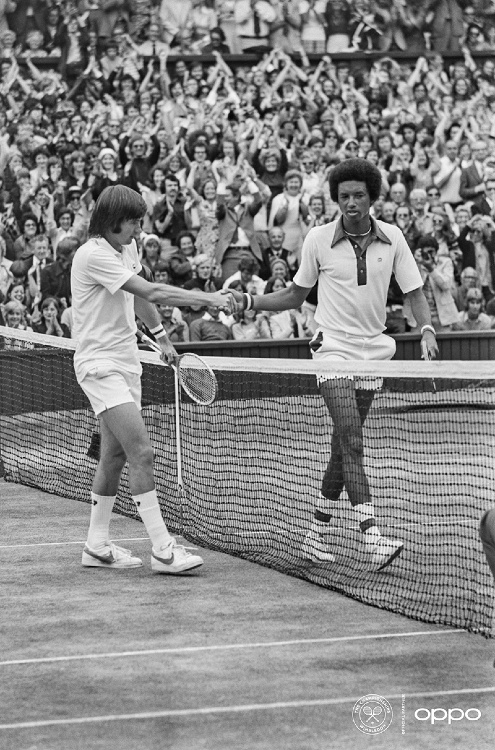
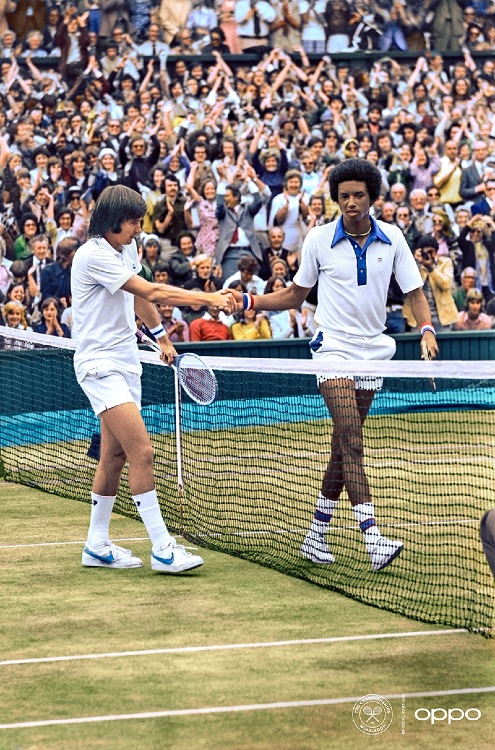
What’s exciting about that match is Jimmy Connors was a huge favourite to win that match and Arthur Ashe became the first African American to win the title in 1975 which was amazing because he didn’t play his normal tack being aggressive, he slow balled and changed it up, did everything he could that really perplexed Jimmy. It was an amazing moment.
And they have pictures for example of the all-England club where it started and all these other things. As well as Althea Gibson who won the Wimbledon finals in 1957 to become the first African American to do so and by beating Darlene Hard in the finals – that’s just inspired the next generation from Serena Williams to Venus Williams to Zina Garrison to Coco Gauff.
Those moments are captured in colour for the first time and it just amazing to look at those pictures and obviously they had one of Fred Perry who I met when he won his first Wimbledon title so it’s just great to see that and be part of that as well.
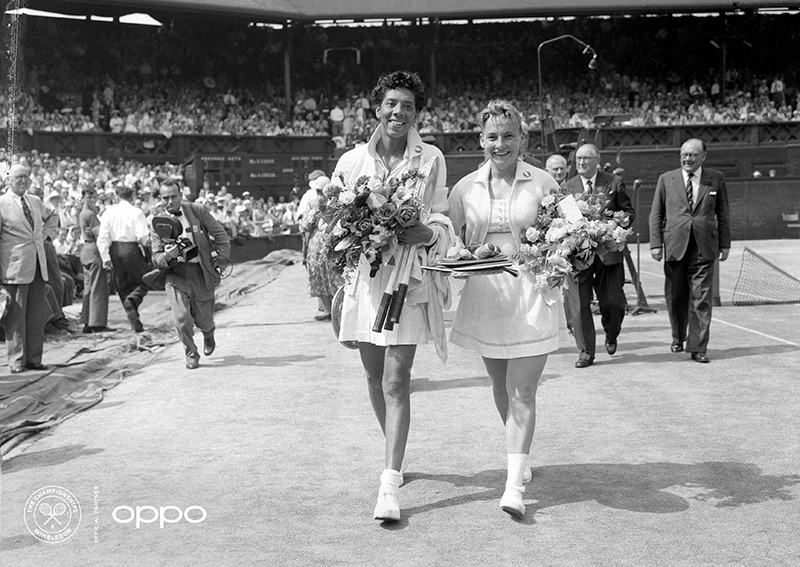
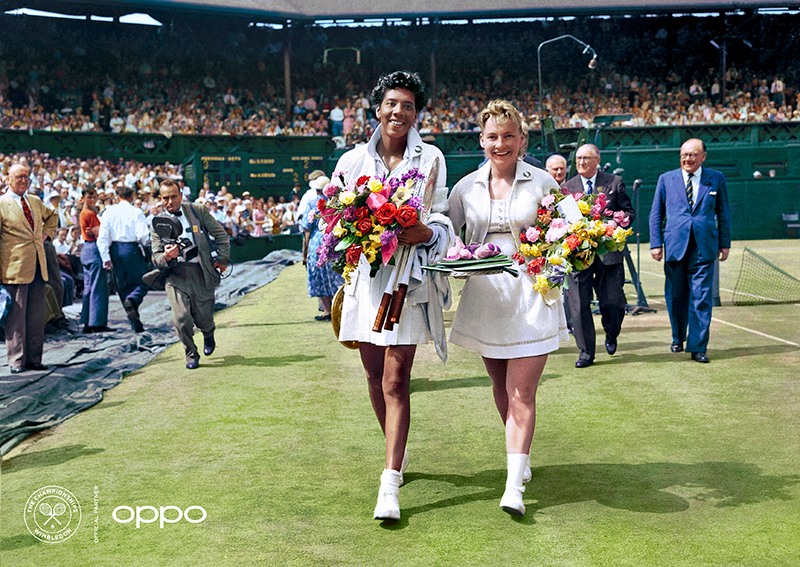
Launched to celebrate the return of Wimbledon, the Courting the Colour collection of seven images, curated in partnership with Getty Images, brought new meaning to powerful moments in tennis history regarding race, gender and fashion. The collection was exhibited to media at an exclusive event which panellists including Rusedski, Cotter; and Issa, explored the poignant themes that still reverberate in our times today.
Find out more about Courting the Colour and the collection of images, here: https://events.oppo.com/en/oppo-and-tennis/ #awakencolour
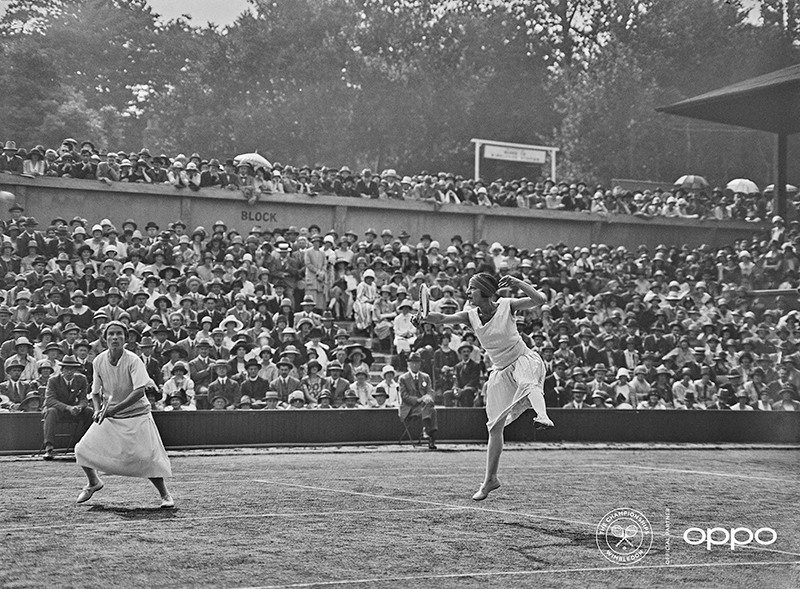
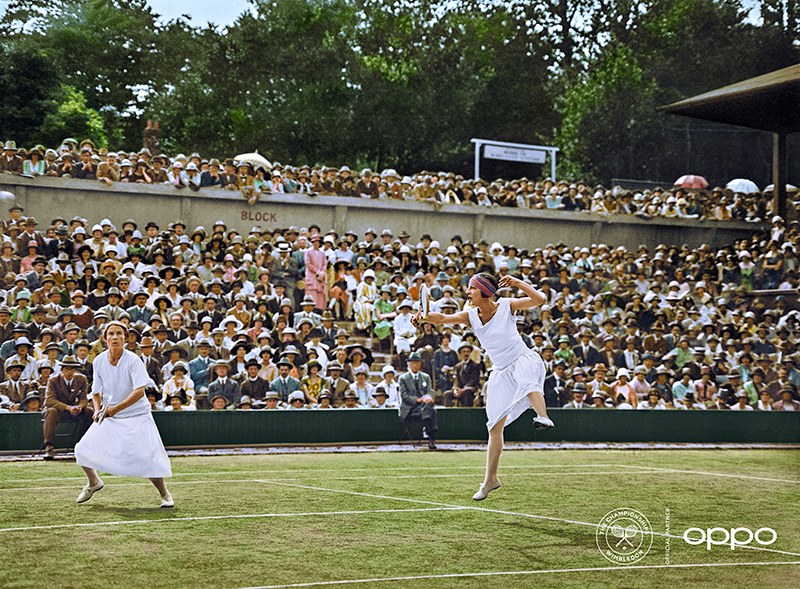
Words by Lucy Roberts for Female First. You can follow Lucy on Twitter @Lucy_Roberts_72.
MORE: Mallory Franklin discusses representing Team GB at the delayed Tokyo Olympics

